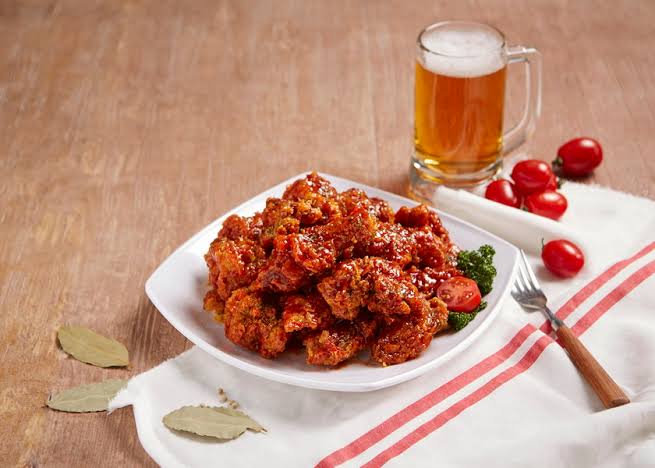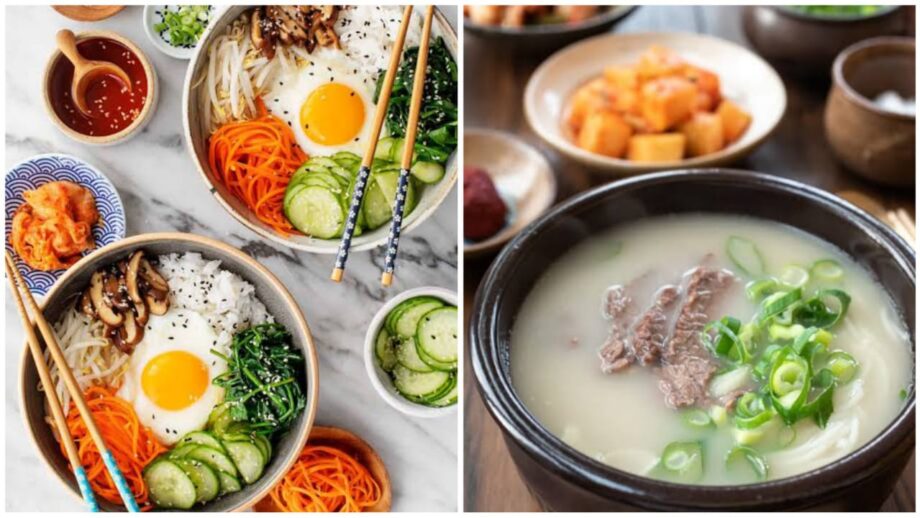If you’re a foodie, you’re well aware of how highly regarded Korean cuisine is on the world cuisine map. There’s a lot more to it than just Kimchi. Korean cuisine, like any other Asian cuisine, is an acquired taste. Years of social and political turmoil shaped Korean food. Korean cuisine, unlike Western course meals, includes both main and side dishes. Green, red, yellow, white, and black are the five primary colours used in traditional Korean cuisine. Each one represents a different direction, a different natural element, and a different health advantage.
1. Bibimbap
Bibimbap will fill you up and comfort you if you like your meal served in bowls. Rice, veggies, meat, gochujang (hot chilli paste), and a fried egg seasoned with soy sauce and sesame seeds make up bibimbap. Bibimbap was originally intended as a Royal food, but it has now evolved into a popular staple midday meal among Korean dishes.
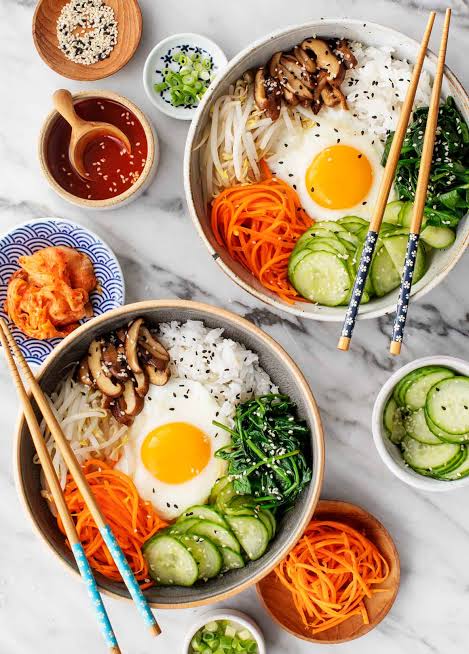
2. Samgyeopsal
Pork is a delicacy among Koreans. Samgyeopsal is their barbecue style. You should try Samgyeopsal if you are a non-vegetarian who enjoys pork meat. The dish consists of thick slices of hog belly meat that have been grilled on your table without being marinated. The strips are doused in sesame oil-based seasoning and wrapped in lettuce with a garlic and onion strip. It’s a common Korean dish.
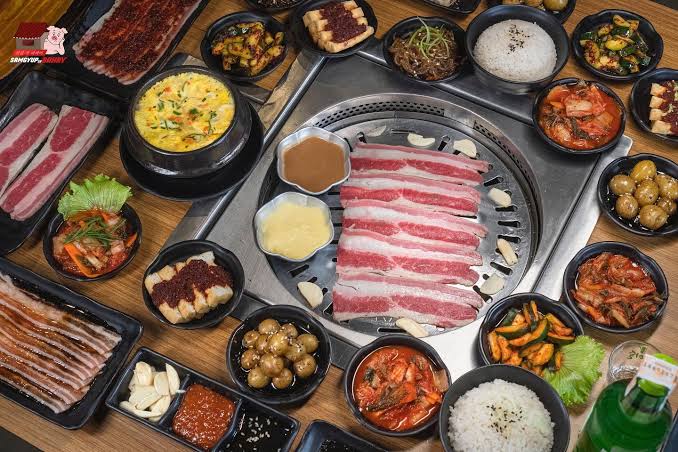
3. Kimchi
When we think about Korean food, the first thing that springs to mind is kimchi. It is the most effective way to become acquainted with Korean cuisine. It’s a spicy, crispy salad created with fermented vegetables with cabbage as the main ingredient. It has a high nutritional value, is high in fibre, and is low in calories. This wonderful side dish is the archetypal Korean culinary item, and Korean dining is incomplete without it.
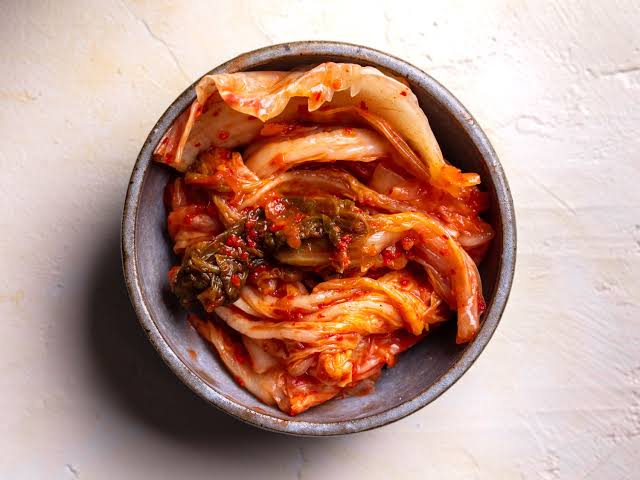
4. Haemul Pajeon
Haemul Pajeon is a meal that should be on the menu of any seafood lover. This pancake is constructed of rice and egg batter, as well as a variety of shellfish and green onions, and is crunchy on the outside. Shellfish, oysters, shrimp, and squid are all common seafood items. The savoury Korean pancake meal is frequently served with Makgeolli, a Korean rice wine. Although it has a sweet flavour, it is as potent as any alcoholic beverage. So, go easy on the alcohol.
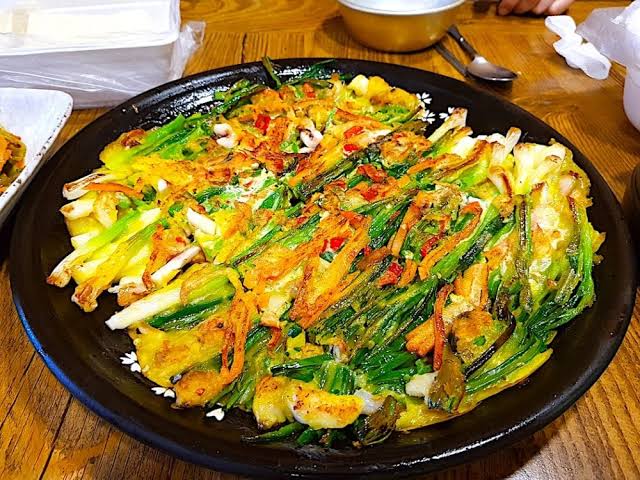
5. Tteokbokki
Tteokbokki (sweet and chewy rice cakes and fish cakes) is a popular Korean street snack in Seoul. In a unique sauce comprised of chilli paste and soybean paste, steamed rice cakes are stirred with fish cakes and scallions. For those who enjoy hot and spicy flavours, the flavorful street food is a must-try.
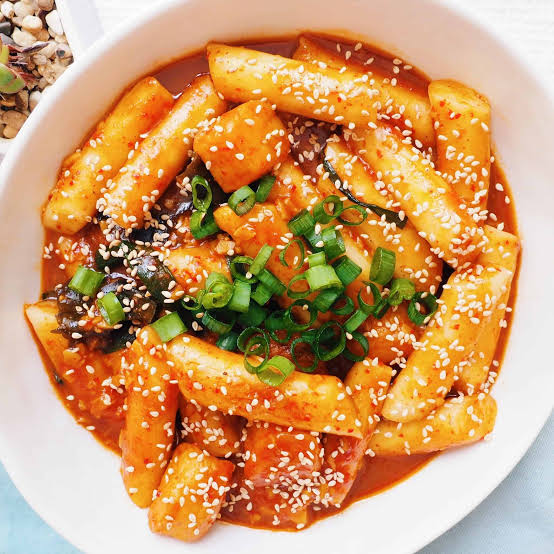
6. Seolleongtang
In the same way that we Indians eat ‘Kharode ka Soup’ in the winter, Seolleongtang is a comparable variant and a common Korean cuisine name. The winter soup is created with ox and cattle bones that have been cooked for hours. Proteins are abundant in white-colored soups. Salt, pepper, garlic, and onions are used to season the low-cost noodle soup. On a cold winter day, nothing beats a cup of this tasty soup.
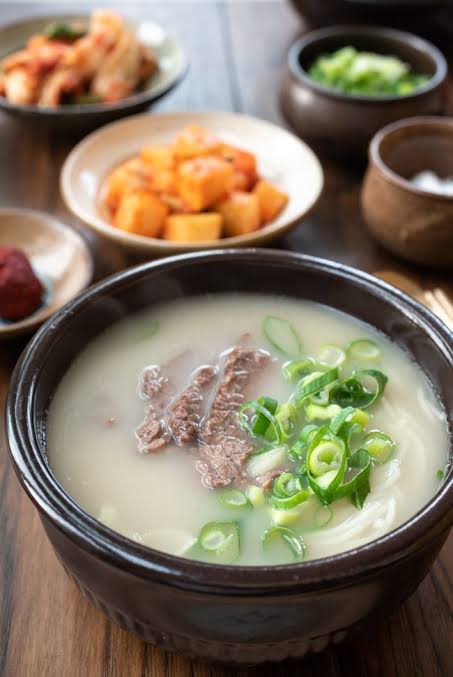
7. Jjajangmyeon
Originally a Chinese dish, Koreans have adopted Jjajangmyeon and transformed it into a thicker, more flavorful, and more delicious variant. Koreans eat Jjajangmyeon at least once a week, despite it not being the most well-known Korean dish. They love this dish so much that they have a delivery service set up for it.
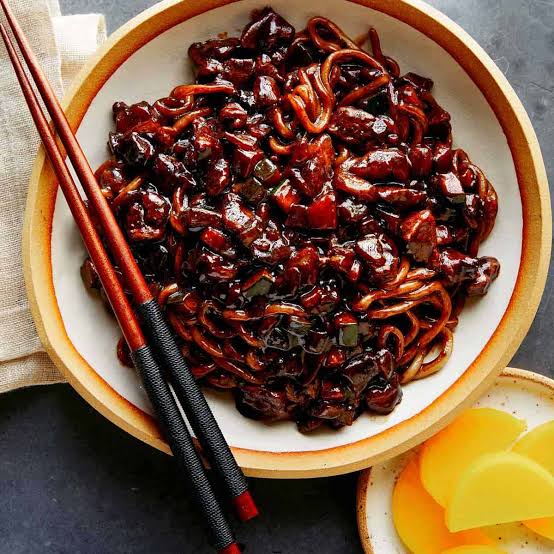
8. Chimaek
Chimaek is a flavorful dish made from the combination of two common foods: chicken and beer. Koreans love this meal and would sooner eat it than chicken or beer. If these goods aren’t enough for you, the lip-smacking Chimaek might be the answer.
